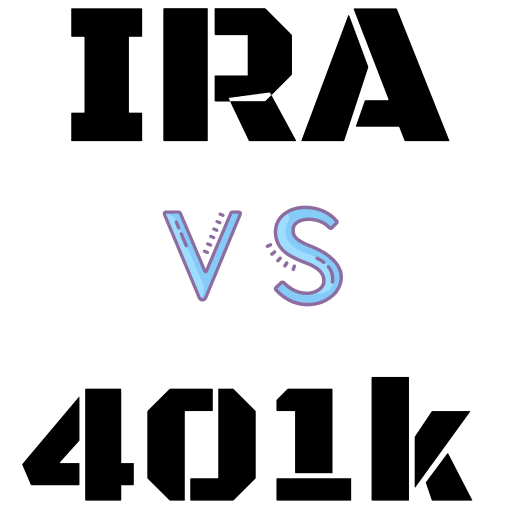
I’m an unabashed champion of Roth accounts for most investors. While its advantages are well known, many don’t realize that Roth accounts can be used at almost any age and income level. From teenagers with a summer job to retirees and upper income earners, the Roth can be an important part of their financial picture.
We refer to “Roth accounts” as there are many types. You’ve probably heard of Roth IRAs, but there are also Roth 401(k)s for business and nonprofit employees, Roth 403(b)s for nonprofit and government workers, and Roth 457 plans for some government employees. While more advantages apply to Roth IRAs, with every Roth account you can transfer funds into a Roth IRA upon retirement.
Tax Free Growth. Right out of the gate, the strongest benefit of Roth accounts that your investments can grow tax free for your entire life. When you decide to take a qualified distribution – which means you comply with the rules – it will not be taxed. This is a key difference from the more common tax deferred accounts such as a traditional 401(k). With tax deferred funds, the government owns a portion of your account as it will be taxed upon withdrawal. Roth accounts are all yours.
Contributions Are Always Available. Many young savers are reluctant to fund their Roth IRA as they don’t want to lock up their funds up until retirement. But Roth IRAs have an unusual advantage: you can withdraw your contributions at any age for any purpose free of penalty and tax. You are not locking funds away for decades unless that’s your wish. Note that withdrawing earnings and conversion dollars from a Roth IRA is more complicated and may result in a penalty or tax.
Supercharge Your Savings. The IRA contribution limit is $6,000 for this year (with $1,000 more for those 50 and older). For 401(k) and 403(b) workplace plans, the maximum employee contribution is $19,500, with an additional $6,500 for those at least 50 years old. These limits are the same whether you choose the traditional pre-tax versions or the Roth tax-free options. In choosing the Roth, you are in essence saving more money for the future as the government will not be collecting taxes upon withdrawal. In other words, $20,000 in a Roth account is worth significantly more to you than $20,000 in a traditional, pre-tax account.
No Required Distributions. Unlike traditional IRAs, Roth IRAs do not have mandatory distributions once you turn 72. You can let the funds grow as long you’d like. Required distributions only begin once you bequeath a Roth IRA to the next generation.
You Can Sidestep Income Limits. It’s true that you start losing the ability to contribute to a Roth IRA if your adjusted gross income exceeds $198,000 as a married couple and $125,000 as a single filer. But there are other ways to get funds into a Roth regardless of income. You can contribute to Roth workplace retirement plans regardless of your income. Also, you can move funds from an IRA to a Roth IRA at any income level (although it may not make sense to do so as you’ll owe taxes in the process). There are also strategies such as the backdoor Roth IRA and mega backdoor Roth IRA that are not subject to income tests.
While in some cases traditional retirement accounts make more sense, for most of us Roth accounts are the preferred option. Please remember that some of these strategies involve tax consequences and should be performed in consultation with a tax or financial advisor.
David Gardner is a Certified Financial Planner professional at Mercer Advisors practicing in Boulder County. The opinions expressed by the author are his own and are not intended to serve as specific financial, accounting, or tax advice. They reflect the judgment of the author as of the date of publication and are subject to change.
